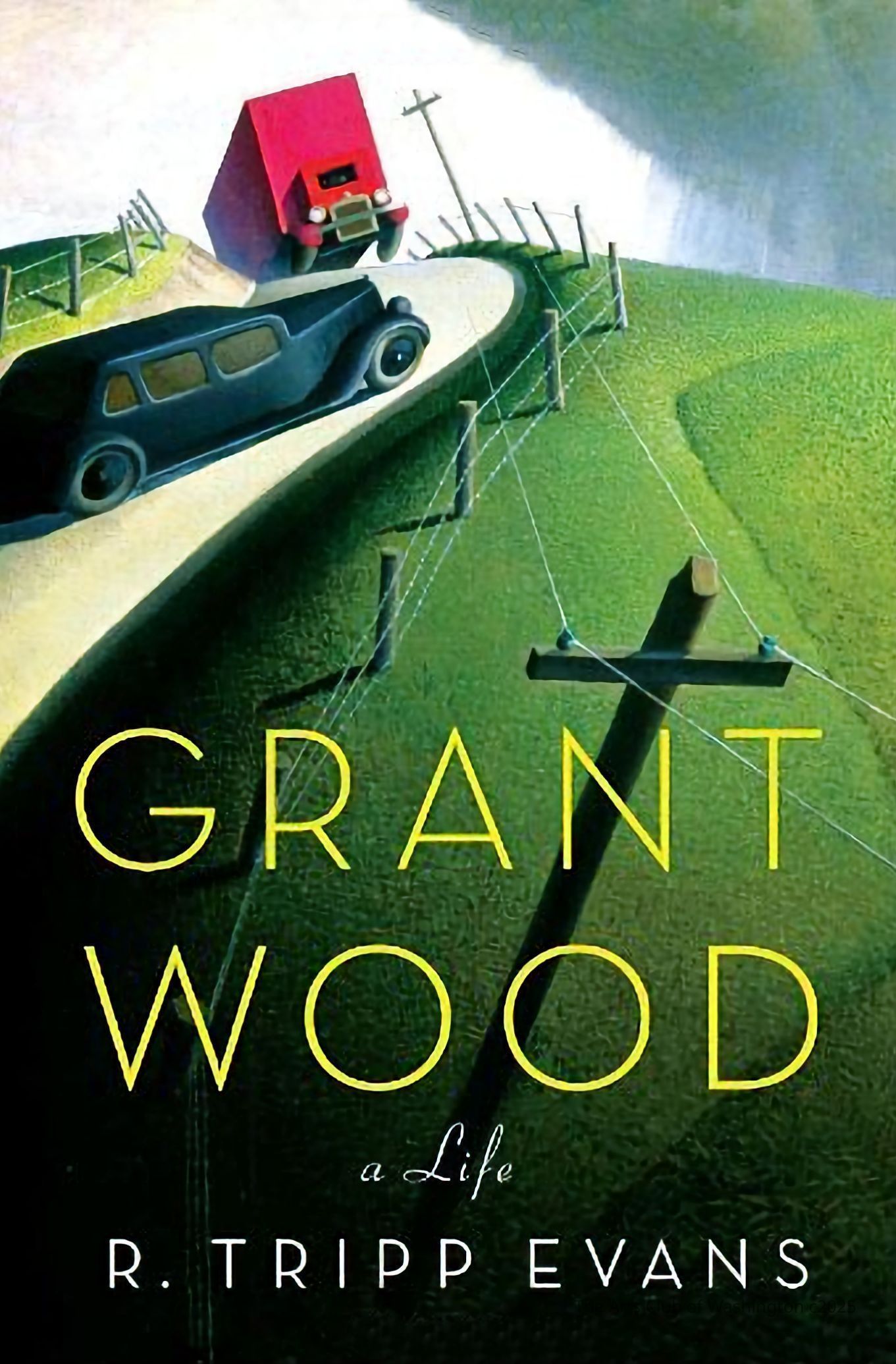Note Type
Story SummaryNote
Wood was one of America’s most famous regionalist painters; to love his work was the equivalent of loving America itself. In his time, he was an almost mythical figure, recognized most supremely for his hard-boiled farm scene, "American Gothic," a painting that has come to reflect the essence of America’s traditional values—a simple, decent, homespun tribute to our lost agrarian age.
R. Tripp Evans reveals the true complexity of the man and the image Wood so carefully constructed of himself. Grant Wood called himself a farmer-painter but farming held little interest for him. He appeared to be a self-taught painter with his scenes of farmlands, farm workers, and folklore but he was classically trained, a sophisticated artist who had studied the Old Masters and Flemish art as well as impressionism. He lived a bohemian life and painted in Paris and Munich in the 1920s, fleeing what H. L. Mencken referred to as “the booboisie” of small-town America. [amazon.com]
